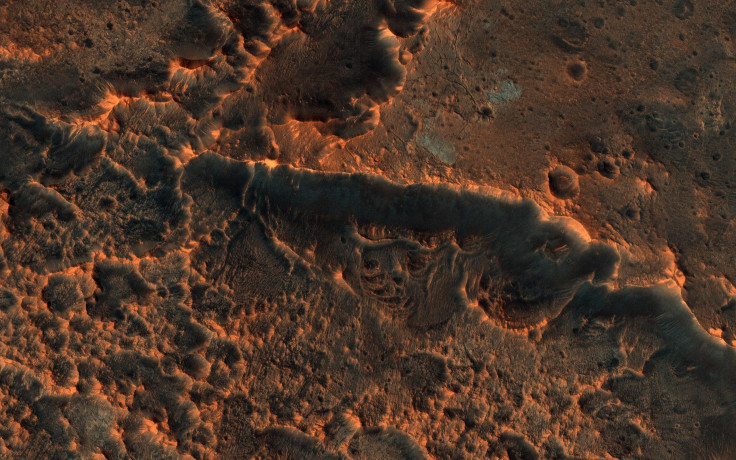NASA Mars ‘Alien’ Mystery: Martian Soil Baffles Scientists

NASA scientists are baffled about the characteristics of Planet Mars’ soil as the “mole” of the InSight Lander continues to struggle to dig into the planet.
According to a report, NASA scientists are “scratching their heads” trying to figure out how to dig further into the surface of the Red Planet. The heat probe or mole of the InSight Lander is supposed to dig up to 10 to 16 feet underground. However, the mole was able to reach only about a foot beneath the surface and could no longer dig its way out for months.
Because of this, scientists are trying to figure out the Martian soil’s characteristics and discovered that it is unlike anything found on Earth.
"We scratched our heads for quite a while trying to figure out what we could do," InSight project manager Tom Hoffman from NASA's Jet Propulsion Laboratory in Pasadena said during a presentation at the 22nd Annual International Mars Society Convention in Los Angeles.
Per the report, the InSight team proposed two possible theories as to why the mole actually got stuck. First, there was a big rock blocking the mole’s path and second, the mole has “lost friction with the Red Planet's soil.” The latter explains that without a good grip on the soil, it would be hard for the probe to dig even further.
Recently, the mole was able to move a few centimeters using the “pinning” technique wherein the lander’s soil scooper pressed against the mole to help create friction. Because of this, scientists surmised that the reason for the delay in digging may have been caused by “lost friction” on Martian soil.
What’s curious about this experiment is that even with the digging activity there were no remnants of any dirt around the edges of the hole where the mole has been burrowing. So where did all the soil go?
The mysterious occurrence led scientists to believe just how different is the geological makeup of Mars compared to the soil of Earth. "Where did the soil go? Basically, it got pounded back into the ground, so it seems like it’s very cohesive, even though it’s very dusty," Hoffman said.
The weird soil characteristic just goes to show how “alien” the environment on Mars really is.
"The soil properties are very different than anything we’ve ever seen on Earth, which is already a very interesting result," he said.
© Copyright IBTimes 2025. All rights reserved.





















